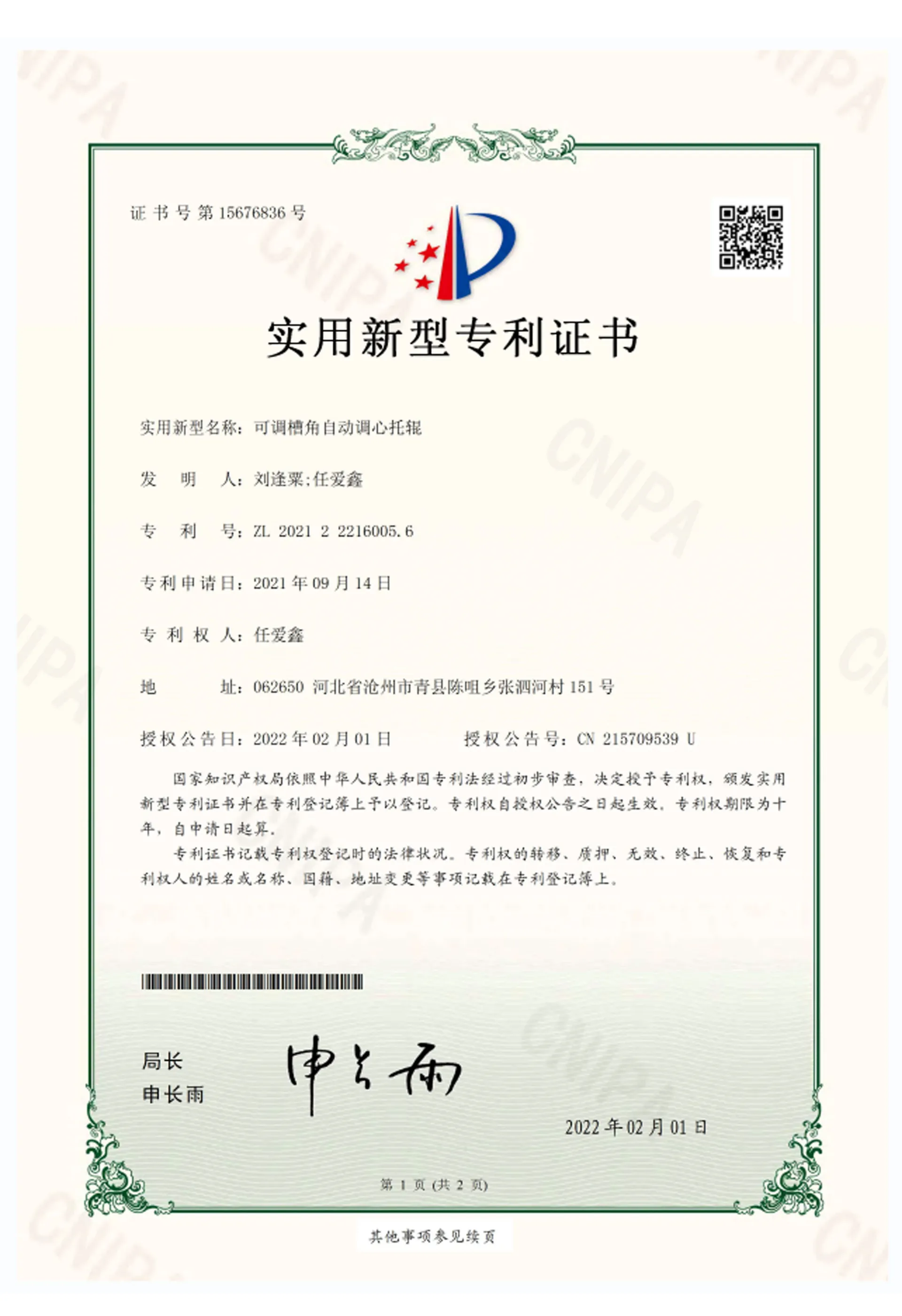 Afrikaans
Afrikaans  Albanian
Albanian  Amharic
Amharic  Arabic
Arabic  Armenian
Armenian  Azerbaijani
Azerbaijani  Basque
Basque  Belarusian
Belarusian  Bengali
Bengali  Bosnian
Bosnian  Bulgarian
Bulgarian  Catalan
Catalan  Cebuano
Cebuano  Corsican
Corsican  Croatian
Croatian  Czech
Czech  Danish
Danish  Dutch
Dutch  English
English  Esperanto
Esperanto  Estonian
Estonian  Finnish
Finnish  French
French  Frisian
Frisian  Galician
Galician  Georgian
Georgian  German
German  Greek
Greek  Gujarati
Gujarati  Haitian Creole
Haitian Creole  hausa
hausa  hawaiian
hawaiian  Hebrew
Hebrew  Hindi
Hindi  Miao
Miao  Hungarian
Hungarian  Icelandic
Icelandic  igbo
igbo  Indonesian
Indonesian  irish
irish  Italian
Italian  Japanese
Japanese  Javanese
Javanese  Kannada
Kannada  kazakh
kazakh  Khmer
Khmer  Rwandese
Rwandese  Korean
Korean  Kurdish
Kurdish  Kyrgyz
Kyrgyz  Lao
Lao  Latin
Latin  Latvian
Latvian  Lithuanian
Lithuanian  Luxembourgish
Luxembourgish  Macedonian
Macedonian  Malgashi
Malgashi  Malay
Malay  Malayalam
Malayalam  Maltese
Maltese  Maori
Maori  Marathi
Marathi  Mongolian
Mongolian  Myanmar
Myanmar  Nepali
Nepali  Norwegian
Norwegian  Norwegian
Norwegian  Occitan
Occitan  Pashto
Pashto  Persian
Persian  Polish
Polish  Portuguese
Portuguese  Punjabi
Punjabi  Romanian
Romanian  Russian
Russian  Samoan
Samoan  Scottish Gaelic
Scottish Gaelic  Serbian
Serbian  Sesotho
Sesotho  Shona
Shona  Sindhi
Sindhi  Sinhala
Sinhala  Slovak
Slovak  Slovenian
Slovenian  Somali
Somali  Spanish
Spanish  Sundanese
Sundanese  Swahili
Swahili  Swedish
Swedish  Tagalog
Tagalog  Tajik
Tajik  Tamil
Tamil  Tatar
Tatar  Telugu
Telugu  Thai
Thai  Turkish
Turkish  Turkmen
Turkmen  Ukrainian
Ukrainian  Urdu
Urdu  Uighur
Uighur  Uzbek
Uzbek  Vietnamese
Vietnamese  Welsh
Welsh  Bantu
Bantu  Yiddish
Yiddish  Yoruba
Yoruba  Zulu
Zulu Durable Heavy-Duty Wing Pulley for Enhanced Performance and Reliability في Various Applications
Understanding Heavy Duty Wing Pulleys Uses and Benefits
Heavy duty wing pulleys are essential components in various industrial applications, particularly in the realm of bulk material handling. These specialized pulleys are designed to withstand heavy loads and operate efficiently under demanding conditions. To fully appreciate the significance of heavy duty wing pulleys, it’s crucial to delve into their design, functionality, and the advantages they offer in diverse applications.
Design Features
The primary feature that distinguishes heavy duty wing pulleys from standard pulleys is their robust construction. Typically made from high-strength materials such as steel, these pulleys are engineered to endure significant wear and tear. The wing design refers to the extended rim that provides a greater surface area for contact with the conveyor belt. This design helps to redirect the belt effectively while minimizing wear on both the pulley and the belt.
Moreover, heavy duty wing pulleys are equipped with features such as self-cleaning mechanisms. The open-wing design allows debris and material to fall away easily, which prevents build-up that could hinder performance. This is particularly important in industries that handle materials like grain, aggregates, or coal, where spillage can lead to operational inefficiencies and increased maintenance costs.
Functionality and Applications
Heavy duty wing pulleys are primarily used in conveyor systems, where they serve crucial roles in guiding, supporting, and redirecting the conveyor belt. They can be found in various settings, including mining, agriculture, and material processing plants. The ability to manage heavy loads efficiently makes them ideal for environments where reliability is paramount.
heavy duty wing pulley

In mining operations, for example, heavy duty wing pulleys handle the challenging task of moving mined materials over long distances. Their robust construction ensures that they can operate continuously under the stress of heavy bulk loads, ensuring minimal downtime for equipment maintenance. This reliability directly translates into cost savings and improved productivity.
Similarly, in agricultural settings, these pulleys facilitate the movement of grains and other products across sorting belts and processing lines. Their design helps in maintaining the integrity and quality of the products being transported, making them an indispensable part of the agricultural supply chain.
Advantages of Heavy Duty Wing Pulleys
One of the key advantages of heavy duty wing pulleys is their longevity. The resistance to wear and tear means they have a longer operational lifespan compared to standard pulleys, reducing the frequency and costs associated with replacements. Additionally, their efficiency in handling heavy loads contributes to a smoother operation of the conveyor system, minimizing the risk of jams or malfunctions.
Another important benefit is safety. The design of heavy duty wing pulleys helps to keep the conveyor belt aligned and prevents slippage, which can reduce the risk of accidents and injuries in the workplace. By ensuring that materials are transported safely and effectively, businesses can create a safer working environment for their employees.
Conclusion
In conclusion, heavy duty wing pulleys are a critical component in many industrial applications, particularly in bulk material handling. Their robust design, functionality, and numerous advantages make them an essential investment for companies looking to improve their operational efficiency and safety. As industries continue to evolve, the demand for reliable and durable components like heavy duty wing pulleys will undoubtedly persist, driving further innovations in design and application. Understanding these pulleys is vital for any business aiming to optimize its conveyor systems and enhance overall productivity.
-
Revolutionizing Conveyor Reliability with Advanced Rubber Lagging PulleysNewsJul.22,2025
-
Powering Precision and Durability with Expert Manufacturers of Conveyor ComponentsNewsJul.22,2025
-
Optimizing Conveyor Systems with Advanced Conveyor AccessoriesNewsJul.22,2025
-
Maximize Conveyor Efficiency with Quality Conveyor Idler PulleysNewsJul.22,2025
-
Future-Proof Your Conveyor System with High-Performance Polyurethane RollerNewsJul.22,2025
-
Driving Efficiency Forward with Quality Idlers and RollersNewsJul.22,2025





























